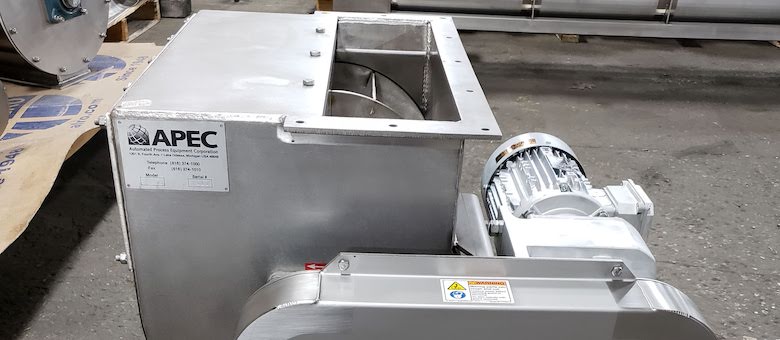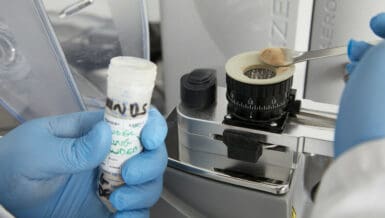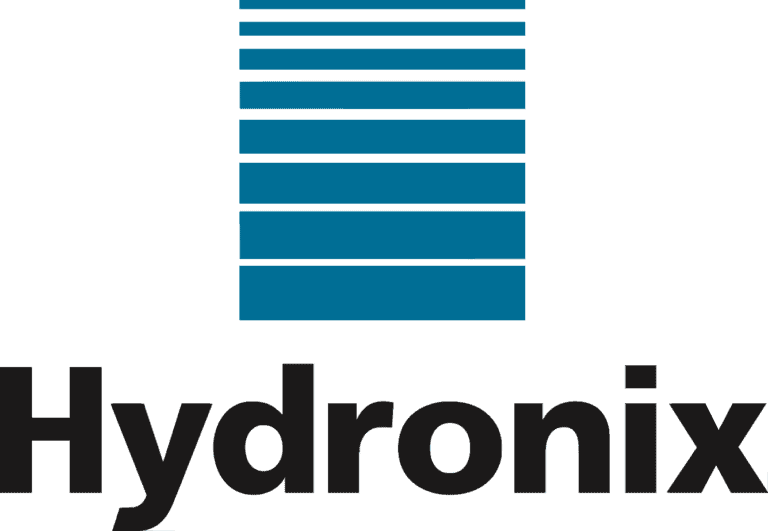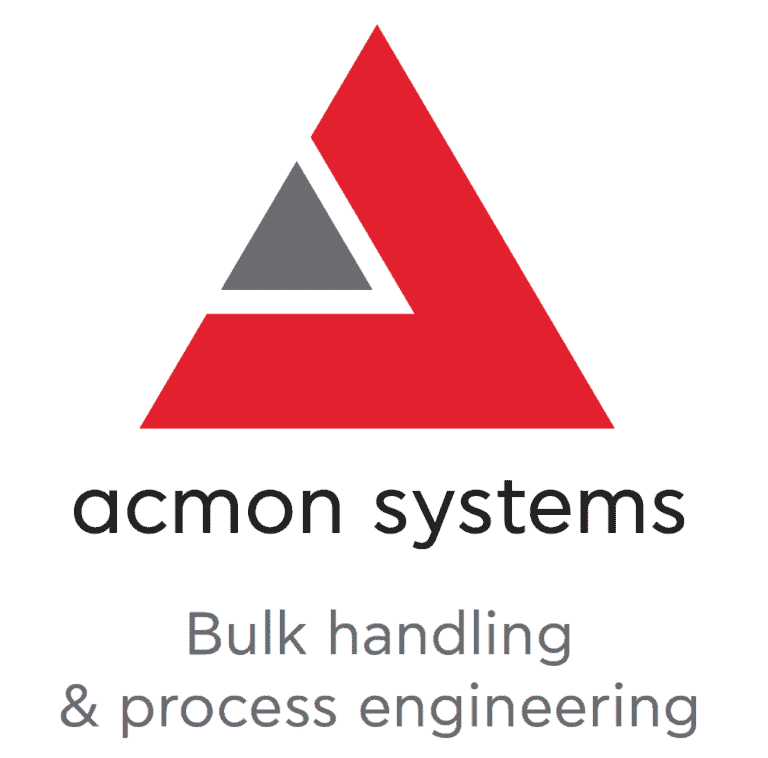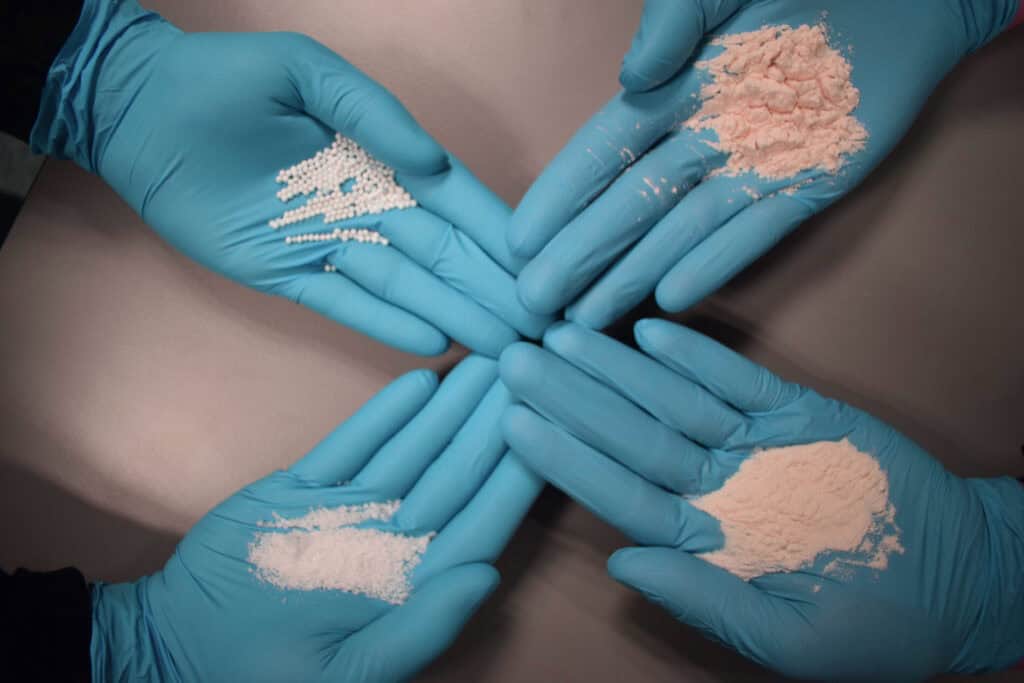Some types of materials, machines, and working conditions make powder flow problems more likely. We’ve identified the most common powder flow control problems and flow control solutions to help you solve these troublesome inefficiencies.
1. Problem: No Flow
Under normal operating conditions, the material should flow through the system without interruption. If no-flow alerts are a regular occurrence, the system is not optimally designed for either the material or the environment. This may occur in environments with high humidity, materials with high moisture content, solid materials that are irregularly shaped, or materials with certain coatings.
Solution: Agitation
Depending on the cause of the no-flow problem, a few solutions are available.
- A mechanical agitator before feeder entry
- Vibrator added to the hopper
- Air pads to aerate the product
Each of these is long-term solutions that will ultimately save your time and money by eliminating downtime. When making these upgrades, make sure to conduct proper testing. Consider carefully where and how to mount the devices, and how often they should operate to be most effective.
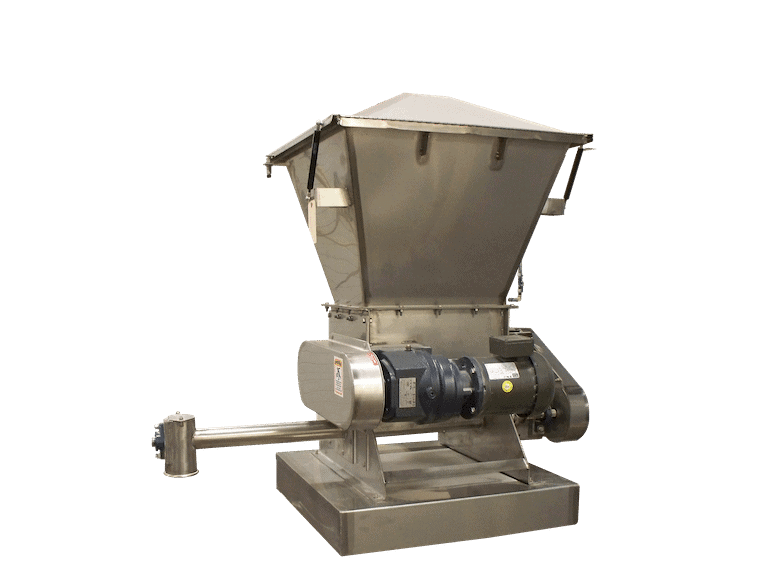
2. Problem: Low Flow
This powder flow problem may go unnoticed for long periods since it doesn’t directly cause downtime. However, insufficient flow can affect all downstream systems. Low flow maybe is caused by obstructions above the feeder, or misalignments. This may also occur if the materials are too thick or the feeder is too small.
Solution: Bigger or faster feeder
The ideal flow control solutions for this problem will either expand the feeder to increase volume at slower speeds or speed up the feeder to push more material through faster.
- Upgrade to a larger feeder
- Add variable frequency drive
- Change reducer on drive
3. Problem: Decreasing Flow
Some powder flow problems do not cause a sudden stop, but rather a slow reduction in material flow. Unlike other powder flow problems that are caused by materials sticking together, this is generally caused by materials sticking to the feeder because of static build-up.
Solution: Eliminate static
This is a particularly common problem in fast-moving, dry materials, but flow control solutions to this problem are generally easy to implement.
- Ground the feeder frame to prevent static build-up
- Use electro-polish on the feeder
- Add Teflon coating to the feeder
4. Problem: Material flooding
If too much material is getting through or the material floods after shut-off, this can also cause production problems downstream, or result in inconsistent products. These flow control solutions create the opposite effect of the previous three, but they are implemented in similar ways.
Solution: Slower, interrupted feed
Upgrading the hopper or attached systems can stop flushing and flooding.
- Vent hopper to reduce aeration
- Install the slide gate or butterfly valve at the discharge point
- Smaller feeder
- Lower drive speed
- Incline the feeder
5. Problem: Damage to feeder
If your system takes more damage and needs more repairs than comparable equipment, the materials or the system may be to blame. This may be a bulk solids or powder flow problem, and it can be caused by too much abrasion or improper system construction.
Solution: Slower speeds, stronger system
This flow control solution can be implemented by either slowing down the product or reinforcing the system.
- Lower drive speed
- Install larger feeder to slow materials
- Add liner or coating to system
If you’ve inherited a system that constantly sees problems, or your materials have changed and it’s created new issues, consider these solutions. If you’re building a new system, take advantage of testing and proper construction beforehand and these powder flow problems will never occur. With the right material testing before installation, you can be sure that your system is made for your materials before it arrives.




